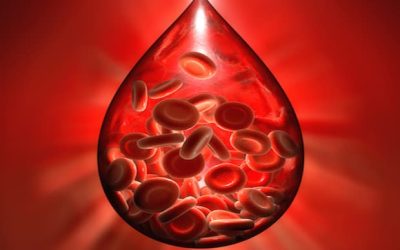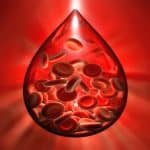The market for Alzheimer’s disease therapies is set to nearly triple between 2012 and 2022, despite increasing genericisation and the fact that few new product launches are expected during this time, according to new forecasts.
The key driver of growth in the AD market will be Eli Lilly’s anti-beta-amyloid monoclonal antibody solanezumab, the first potentially disease-modifying therapy (DMT) to launch for AD, according to the study, from Decision Resources. It reports that solanezumab is expected to launch in the seven major pharmaceutical markets – the US, France, Germany, Italy, Spain, the UK and Japan – starting in 2018 and that, by 2022, the drug is forecast to attain sales in excess of $5 billion in these markets.
More than 85% of solanezumab’s projected total use in 2022 will be in the mild AD market – the population in which the drug is currently being tested – followed by the pre-AD 1-2 years market segment, says the firm, which defines this latter population as those patients who will go on to develop overt AD within the next one to two years.
Though leaders who were interviewed by Decision Resources for the study say they believe that DMTs will offer the greatest therapeutic benefit in the earlier stages of the disease; as a result, uptake in the moderate and severe AD segments is likely to be minimal.
Furthermore, the report goes on to forecast that reimbursement authorities across the major markets will scrutinise the value of these therapies closely, and that they will impose restrictions that limit the use of such agents to specific patient subsets – who are most to be likely those patients in the mildest stages of the disease.
This scrutiny will stem from the anticipated premium pricing for emerging DMTs and their as-yet unproven cost/benefit ratio, coupled with the growing AD patient population, it says.
“AD patients have unique therapeutic needs depending on the disease severity, many of which are suboptimally met with current medication,” comments Georgiana Kuhlman, senior business analyst at Decision Resources.
“Late-stage emerging DMTs are largely focused on slowing cognitive decline, an advance that will predominantly benefit mild AD and pre-AD patients. In the absence of novel agents that specifically target the later stages of the disease, the moderate-to-severe AD population will likely remain underserved throughout the forecast period,” Ms Kuhlman forecasts.








